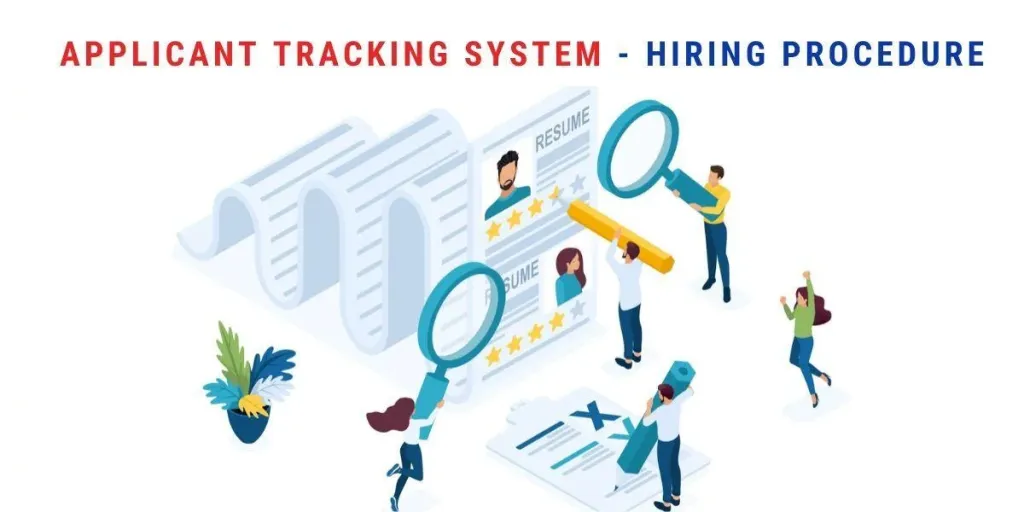In today’s highly competitive job market, organizations are continually seeking ways to enhance their recruitment processes. One key element that plays a pivotal role in this endeavor is the Applicant Tracking System (ATS). A well-customized and configured ATS not only improves efficiency but also ensures a seamless experience for both recruiters and candidates. In this comprehensive guide, we will delve into a detailed exploration of best practices for tailoring your ATS to meet the specific needs of your organization.
Practices to Optimize Your Application Tracking System
Understanding Your Organization’s Unique Needs:
The first step in optimizing your ATS is to conduct a thorough assessment of your organization’s recruitment requirements. This involves identifying key workflows, reporting needs, and integration requirements. By gaining a comprehensive understanding of your unique needs, you lay the foundation for a tailored ATS solution that aligns seamlessly with your organizational goals.
Customizing Workflows for Efficiency:
Once the organizational requirements are identified, the next step is to customize the recruitment workflows within the ATS. Map out the entire hiring process, from candidate sourcing to onboarding, and configure the ATS accordingly. By streamlining stages, assigning responsibilities, and automating routine tasks, recruiters can significantly enhance efficiency and reduce the risk of errors in the recruitment process.
Leveraging Advanced Search and Filtering:
One of the core functionalities of an ATS is its search and filtering capabilities. Configure advanced search options to allow recruiters to quickly pinpoint relevant candidate profiles, skills, and qualifications. A well-configured search functionality can expedite the candidate screening process, enabling recruiters to focus on the most qualified candidates.
Personalizing Communication Templates:
Effective communication is critical in the recruitment process. Customize communication templates for various stages, including application acknowledgment, interview invitations, and rejection letters. Personalized communication not only enhances the candidate experience but also reflects the professionalism of your organization.
Implementing Mobile-Friendly Configurations:
In today’s mobile-centric world, it is essential to ensure that your ATS is mobile-friendly. Optimize application forms, assessments, and communications for mobile users to cater to a broader candidate pool. This mobile accessibility not only enhances the candidate experience but also aligns with modern job-searching trends.
Regularly Reviewing and Updating Configurations:
Recruitment needs evolve over time, and your ATS should adapt accordingly. Regularly review and update configurations to ensure that the system aligns with any organizational changes. Periodic audits not only keep the system current but also help in identifying opportunities for further optimization.
Addressing Security and Compliance:
As data privacy and security become increasingly important, it is vital to configure your ATS with a focus on compliance. Ensure that the system adheres to relevant data protection regulations and industry standards to safeguard sensitive candidate information.
Integrating ATS with Other HR Systems:
For a holistic approach to talent management, consider integrating your ATS with other HR systems such as HRIS (Human Resource Information System) and onboarding platforms. This integration streamlines data flow, reduces manual data entry, and enhances overall HR efficiency.
Measuring and Analyzing Recruitment Metrics:
Configure your ATS to track and measure key recruitment metrics. By analyzing metrics such as time-to-fill, cost-per-hire, and source effectiveness, organizations can gain valuable insights into the effectiveness of their recruitment processes and make informed decisions for continuous improvement.
Ensuring User Adoption and Training:
Customizing and configuring an ATS is not solely an IT function; it involves the active participation of your recruitment team. Ensure proper training programs are in place to familiarize users with the customized features. Encourage user feedback and address any concerns promptly to ensure widespread adoption of the configured ATS.
Discovered ATS – Your Premier Hiring Partner
In the ever-evolving realm of talent acquisition, Discovered ATS emerges as the undisputed leader, earning its stripes as the premier hiring partner for forward-thinking organizations. Having navigated the recruitment landscape with this cutting-edge solution, we can confidently attest to its transformative capabilities. With an arsenal of customizable features, Discovered ATS goes beyond expectations, seamlessly adapting to unique organizational needs. The commitment to innovation ensures a user-friendly interface, streamlining workflows and revolutionizing the hiring experience. As avid advocates for efficiency and excellence in recruitment, we proudly endorse Discovered ATS as the go-to solution for those seeking a dynamic, tech-driven approach to talent acquisition. Elevate your hiring strategies with Discovered ATS – where every recruitment challenge becomes an opportunity for success.
Conclusion:
In today’s fiercely competitive job market, the Applicant Tracking System (ATS) stands out as a game-changer. Our guide has outlined key practices for optimizing your ATS, from customizing workflows and leveraging advanced search functionalities to ensuring mobile-friendliness and addressing security concerns.
Discovered ATS, our premier hiring partner, takes center stage, offering transformative capabilities and a commitment to innovation. As advocates for efficiency and excellence in recruitment, we confidently endorse Discovered ATS for a dynamic, tech-driven approach to talent acquisition. Elevate your hiring strategies with Discovered ATS – where challenges become opportunities for success.

